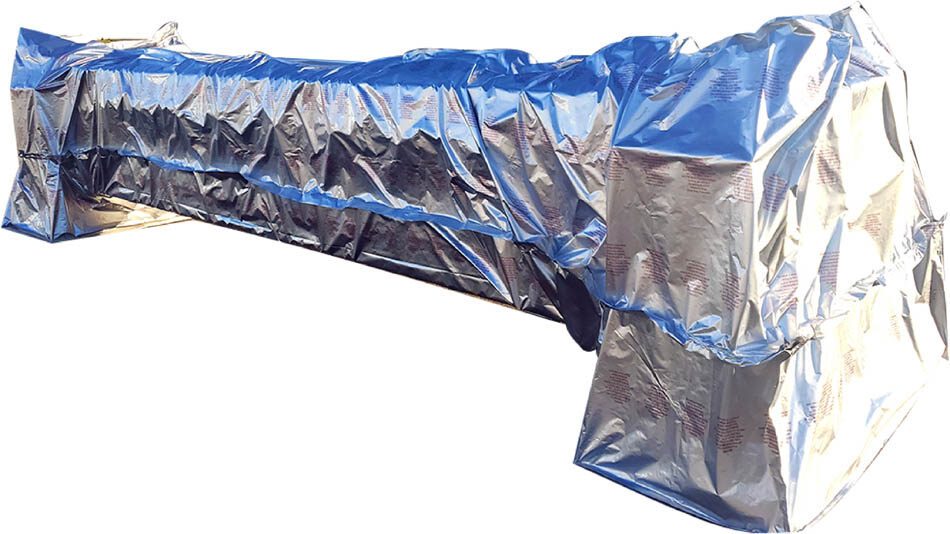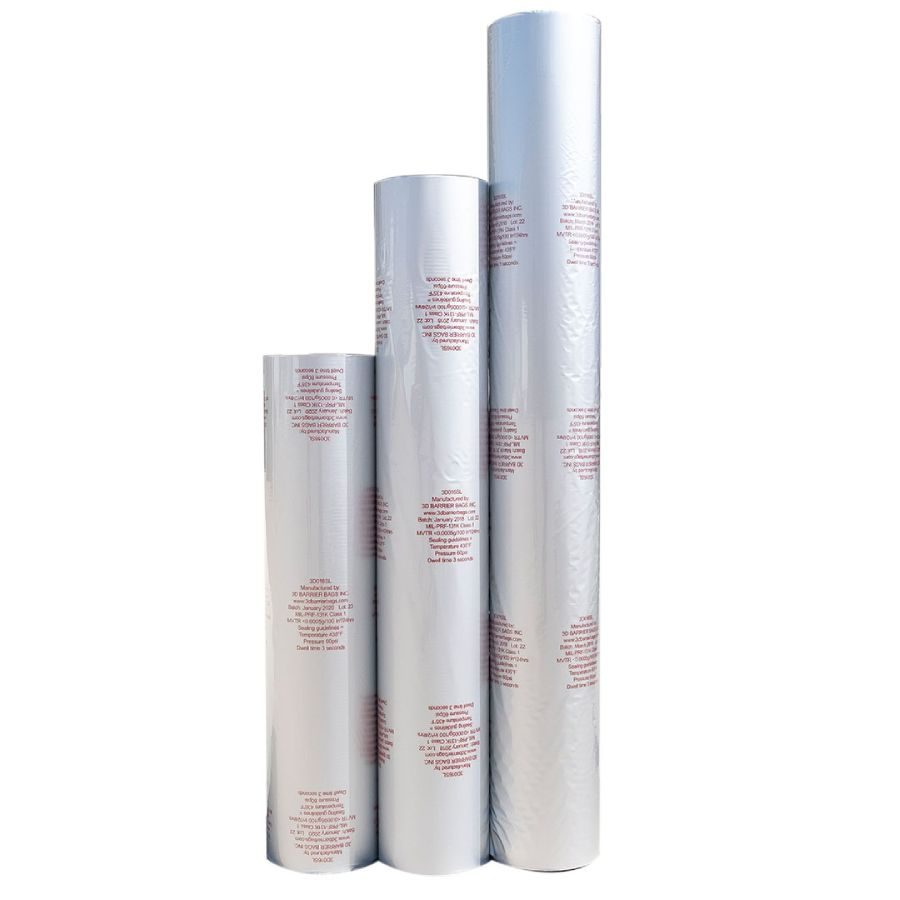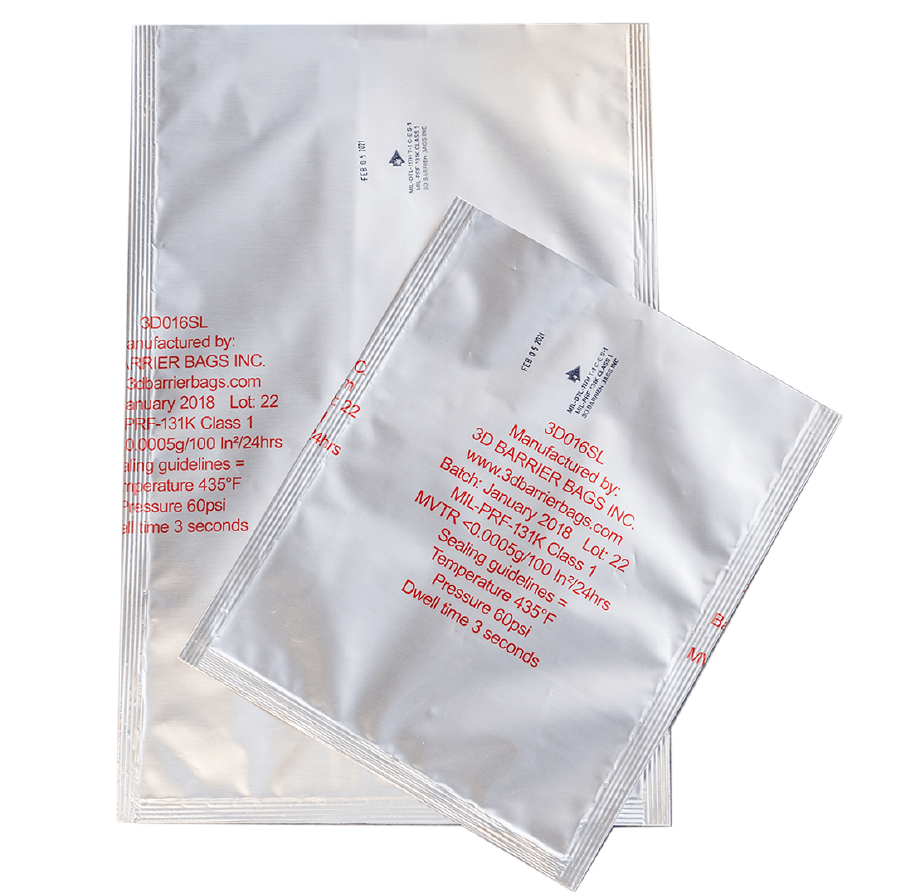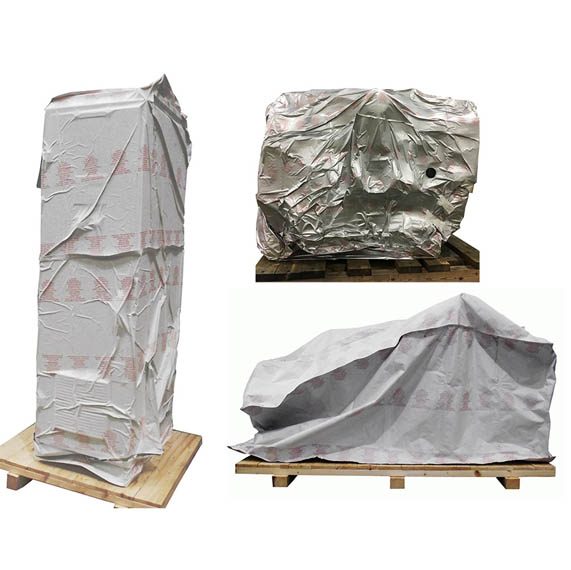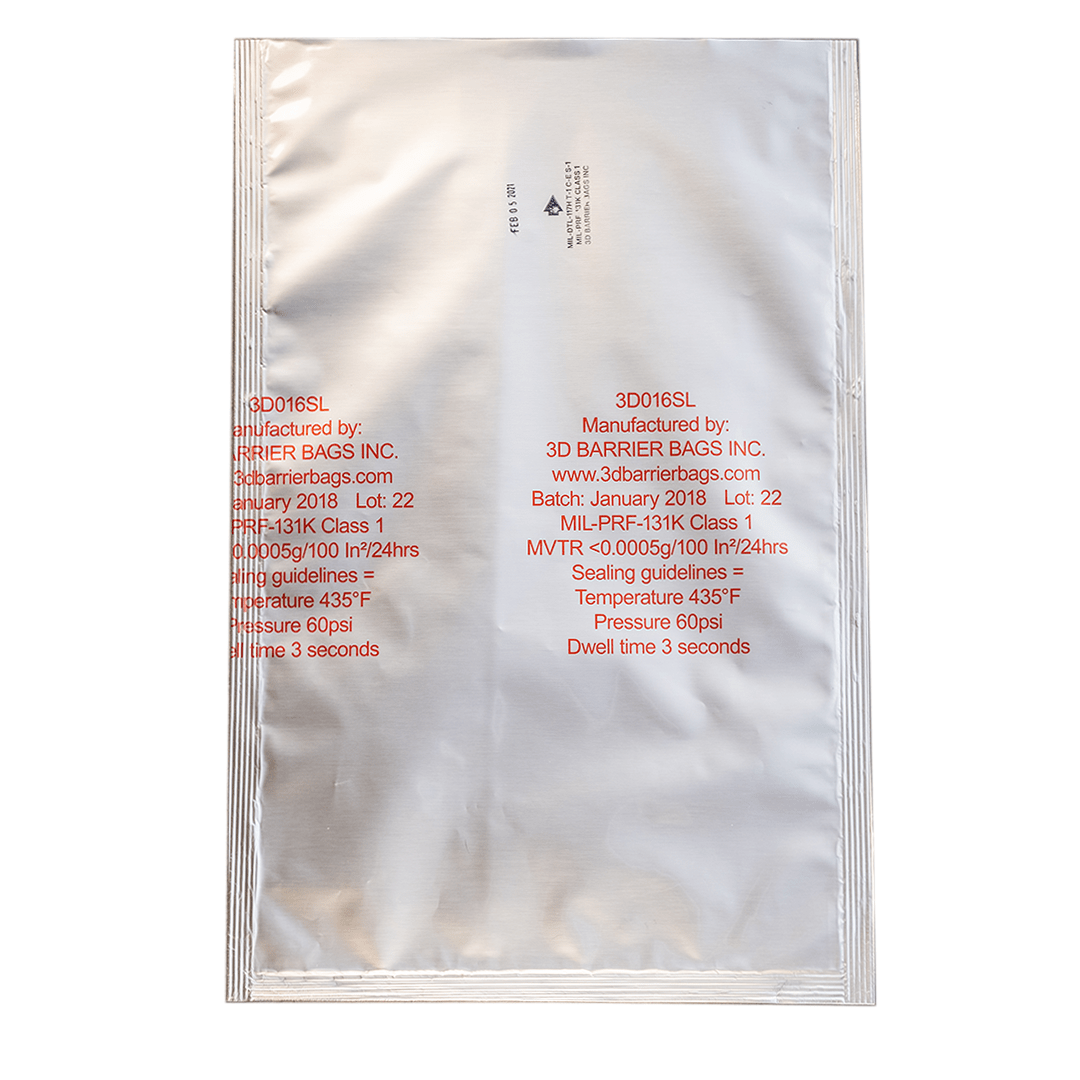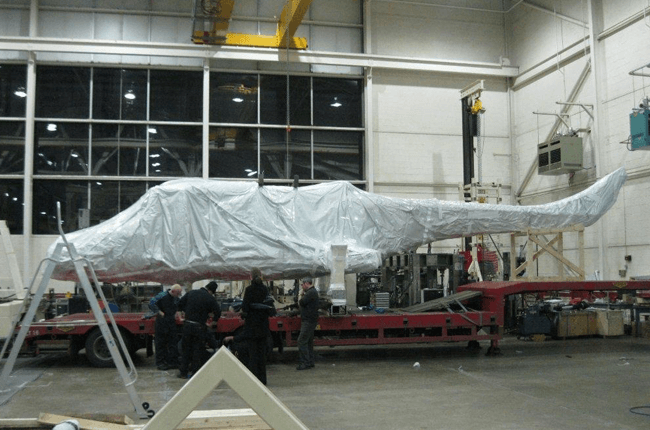Close
- Home
- Markets Served
Corrosion Prevention Packaging
- Our Products
- Mil-PRF-131
- Blog
- About Us
- Contact Us
Close
- Home
- Markets Served
Corrosion Prevention Packaging
- Our Products
- Mil-PRF-131
- Blog
- About Us
- Contact Us

